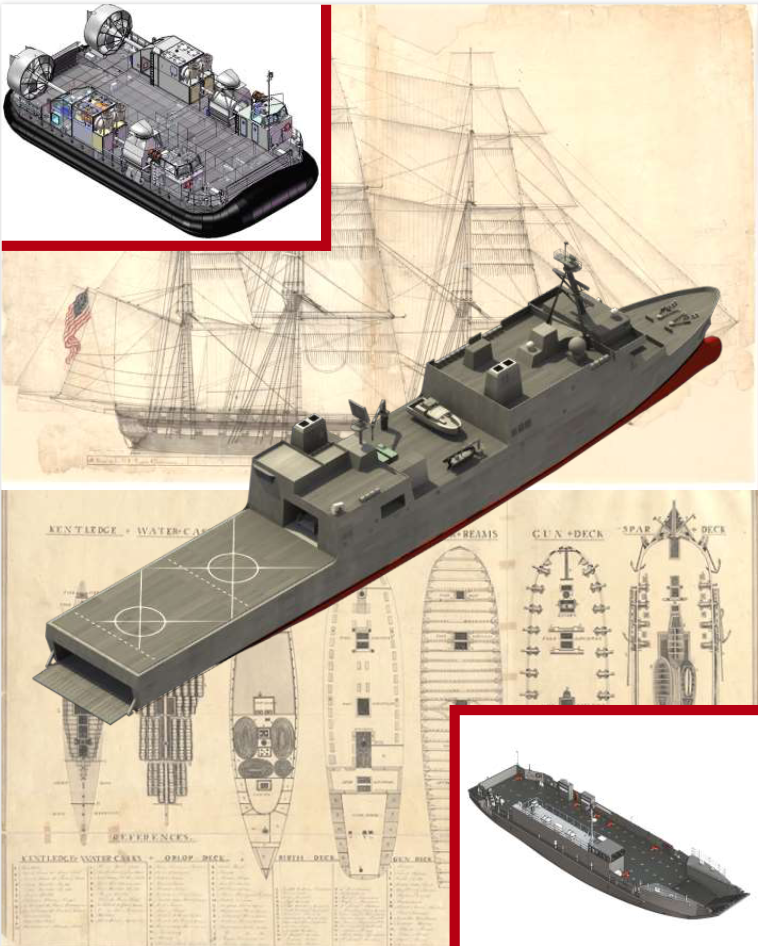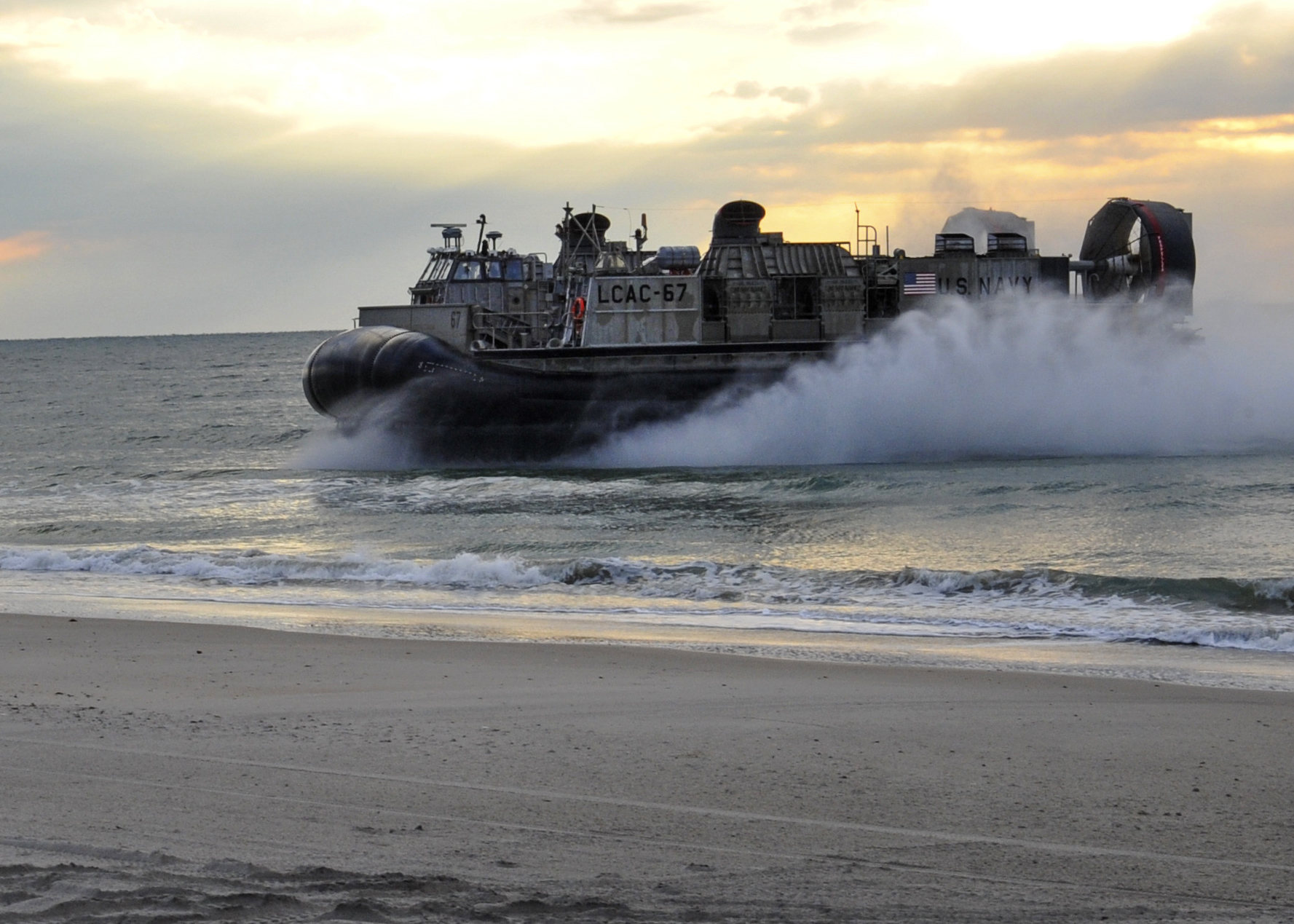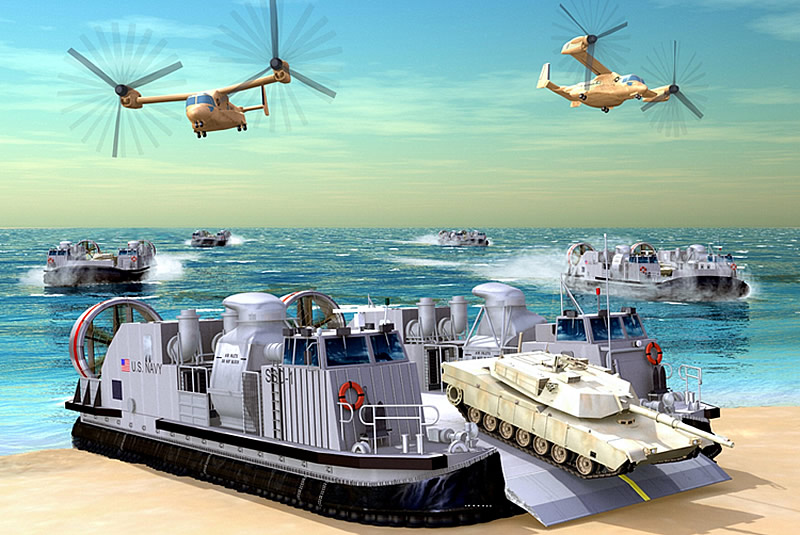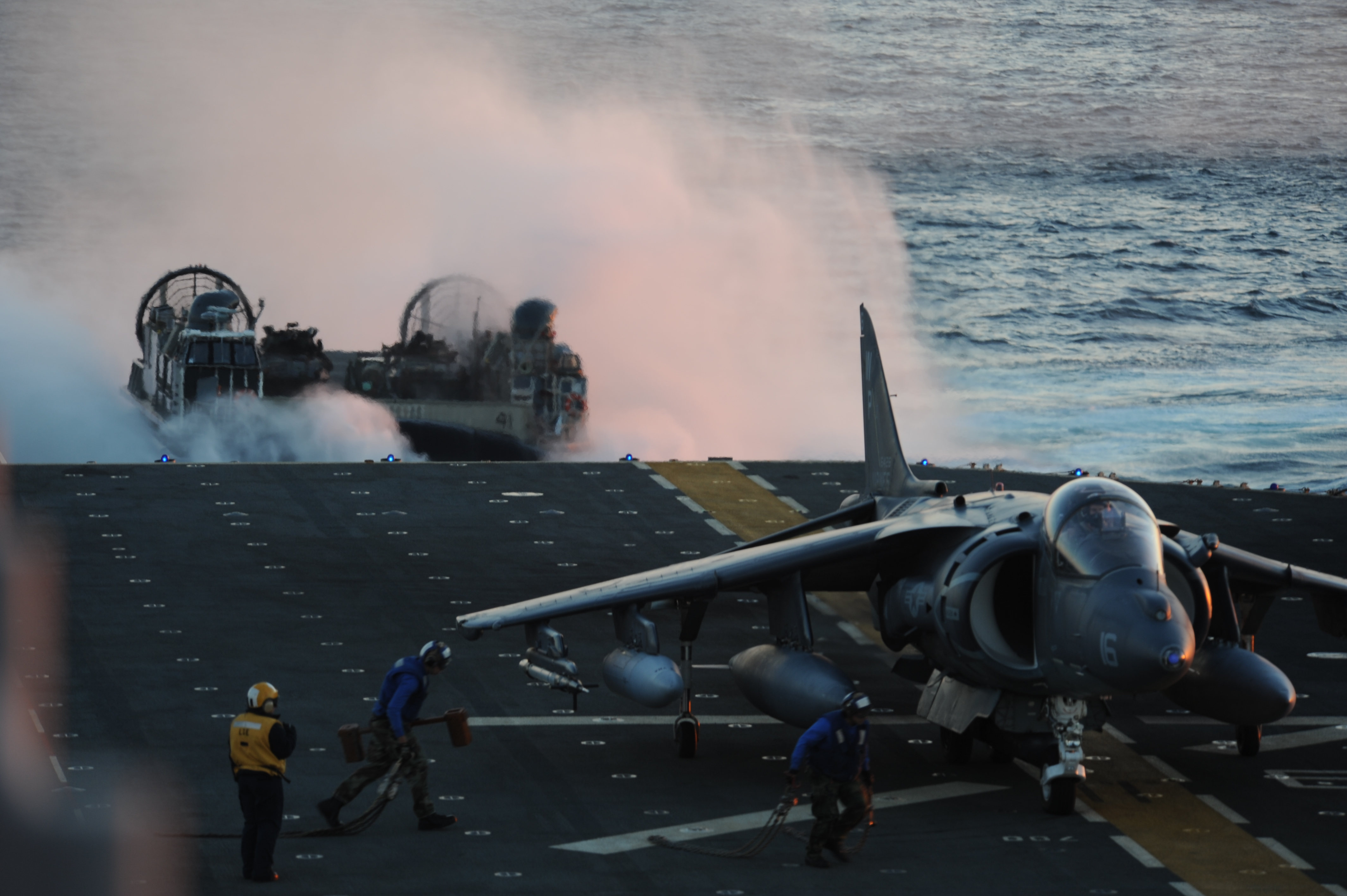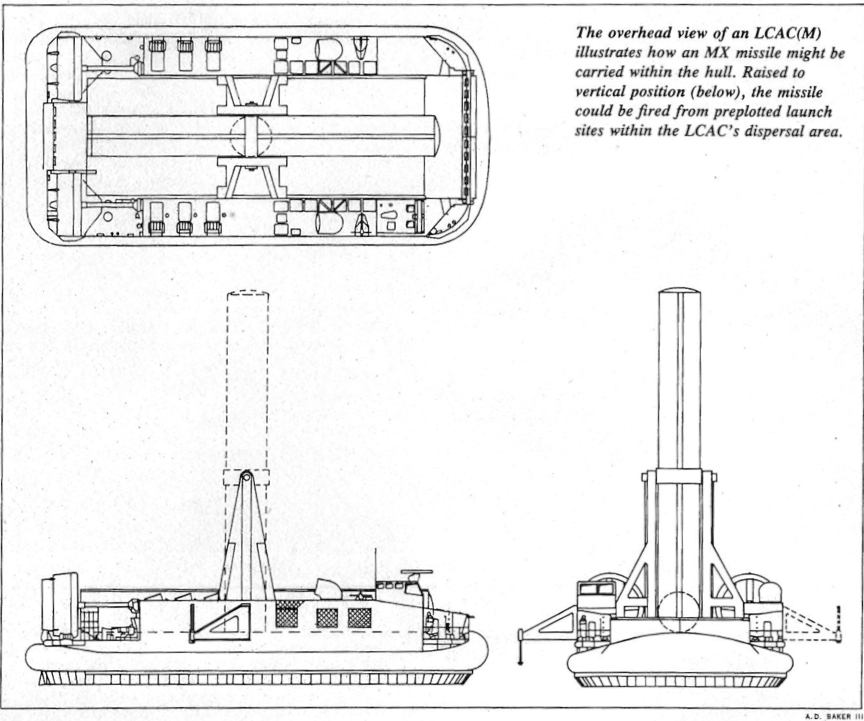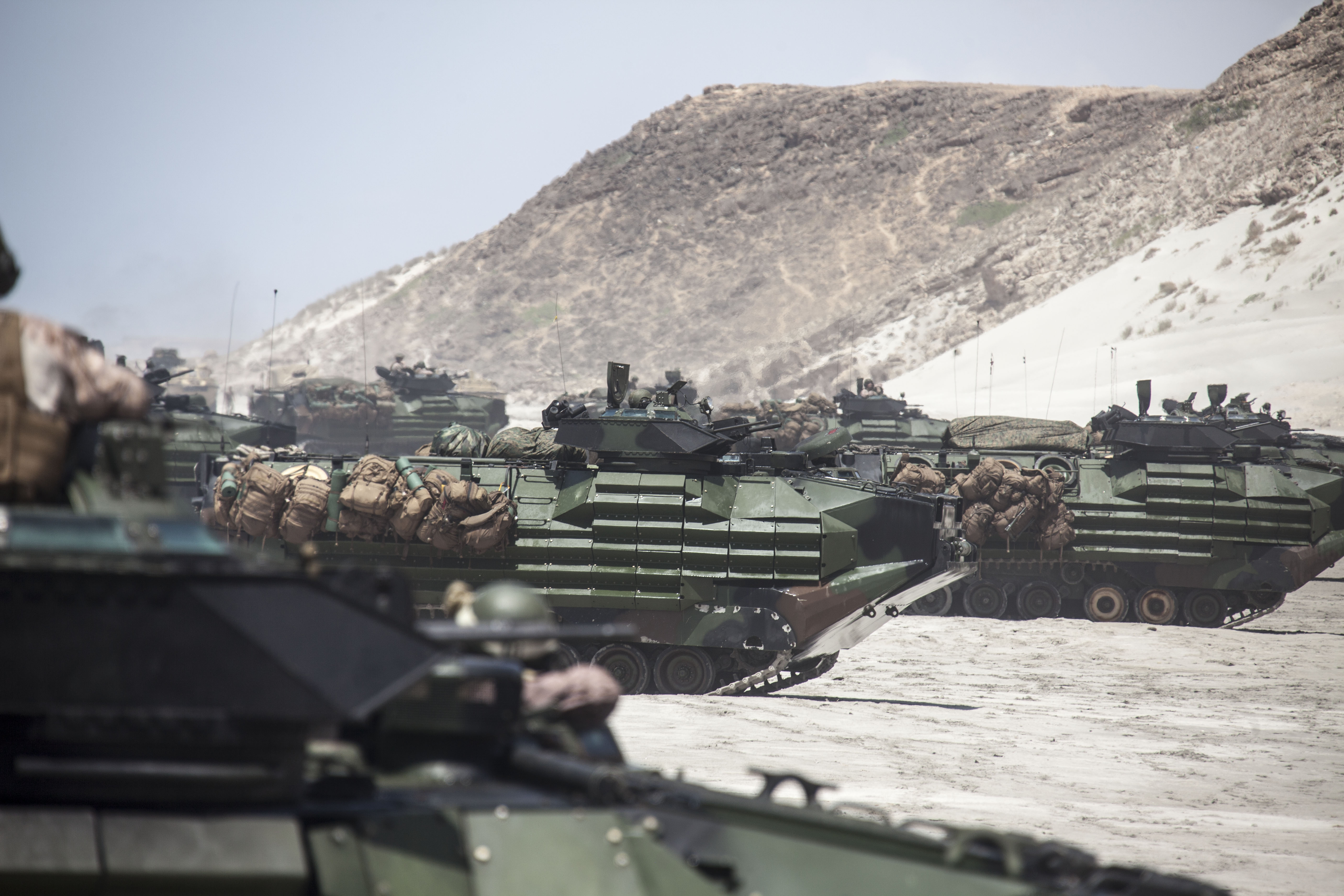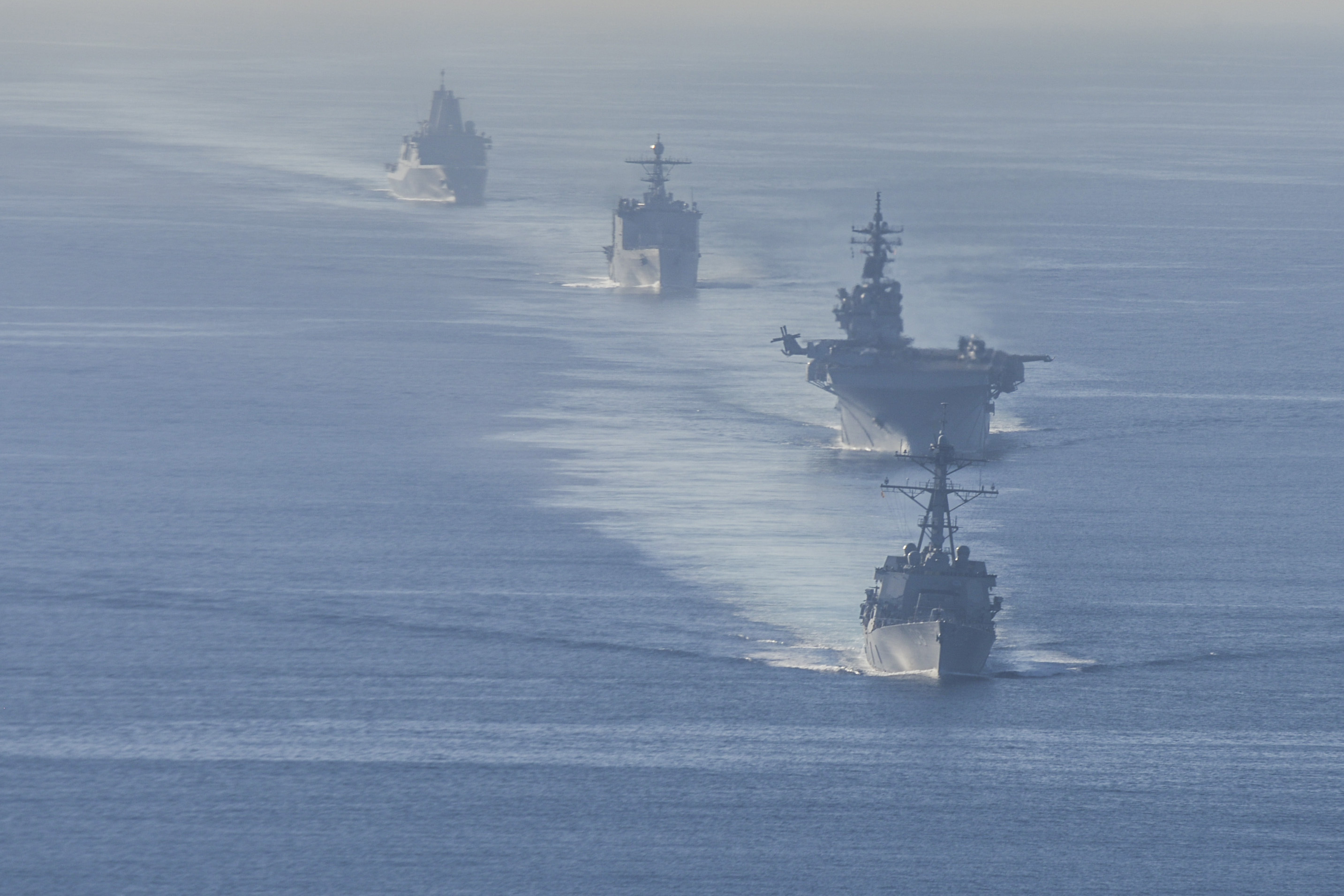
Training, Spares Already Hurt by Continuing Resolution; Longer CR Would Block Slew of Ship Buys in January
Lawmakers bought themselves two more weeks to pass a defense spending bill, after extending the continuing resolution that has funded…

